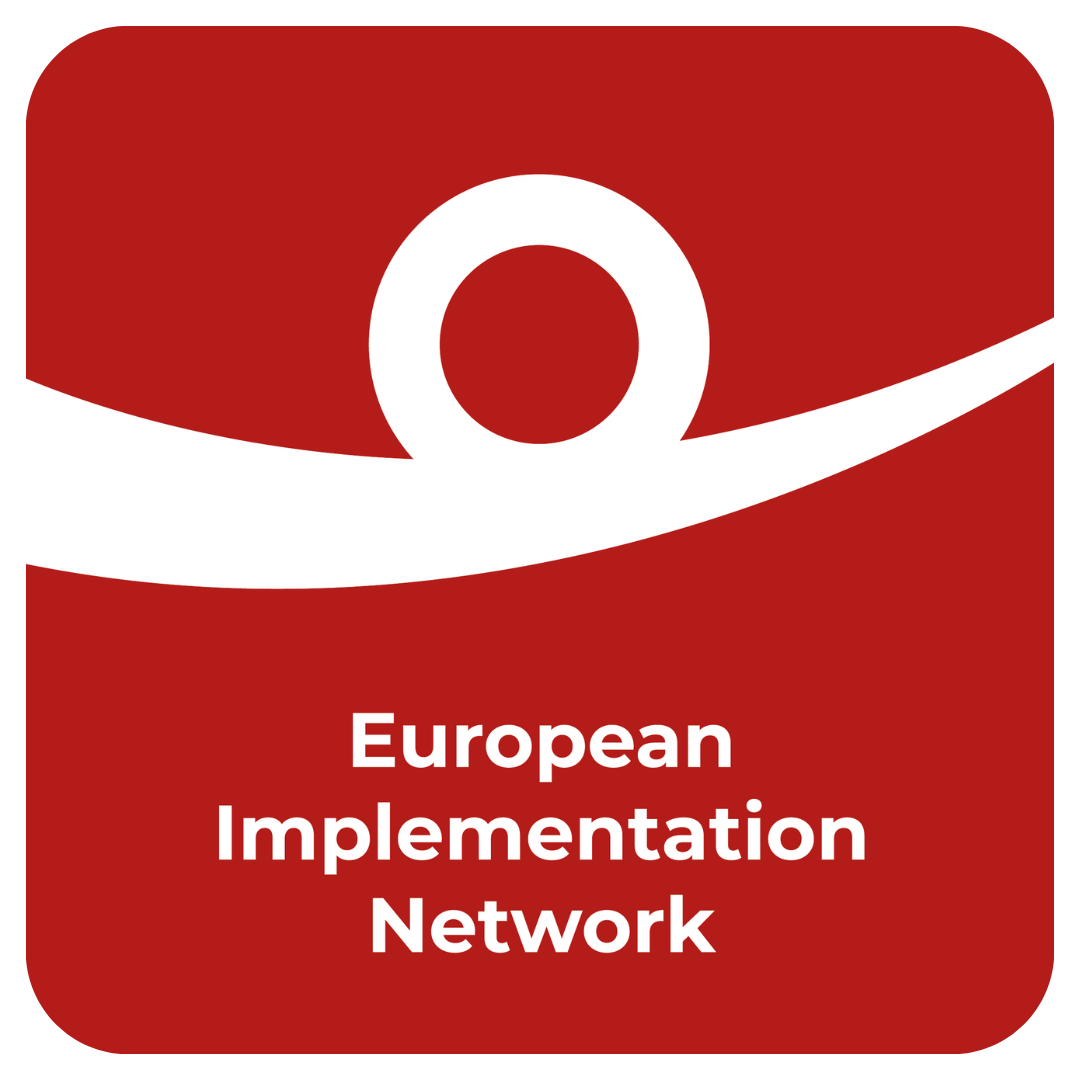EIN Publications: Advocacy Guide
Guide for Civil Society on Domestic Advocacy for Implementation of ECtHR judgments (May 2020)
Discover the new EIN guide on Domestic Advocacy for the implementation of judgments of the European Court of Human Rights.
The examples compiled in this guide show that, where NGOs have sought, identified and pursued opportunities for engaging with the authorities, where they have formed alliances with other civil society actors and used the media to drive implementation forward, they have managed to secure important human rights gains.
We hope that civil society actors in Europe will draw inspiration from the best practices and lessons learned presented in this toolkit. Because the conditions for effective implementation vary from country to country, from time to time and even from case to case, this guide does not provide a blueprint, one-size-fits-all approach to domestic advocacy for judgment implementation. Instead, it is conceived as a ‘menu’ of potential strategies, tools and actions that NGOs may take at the national level to push for the execution of judgments. The readers are encouraged to pick and choose those elements of this guide that are most relevant to them.
This guide is also very much a ‘living document’. It seeks to spark a wider conversation among civil society about how to use advocacy at the domestic level to push for the implementation of judgments. We therefore warmly invite our readers to send us feedback, and share their own experiences with domestic advocacy for the implementation of Strasbourg Court judgments with us. So please get in touch!
Checklist on How to Set up an Effective Domestic Advocacy Strategy for the Implementation of ECtHR Judgments
Thanks to the help of Gentium, the Checklist for civil society on How to set up an effective domestic advocacy strategy for the implementation of ECtHR judgments, which is included in the Guide.


